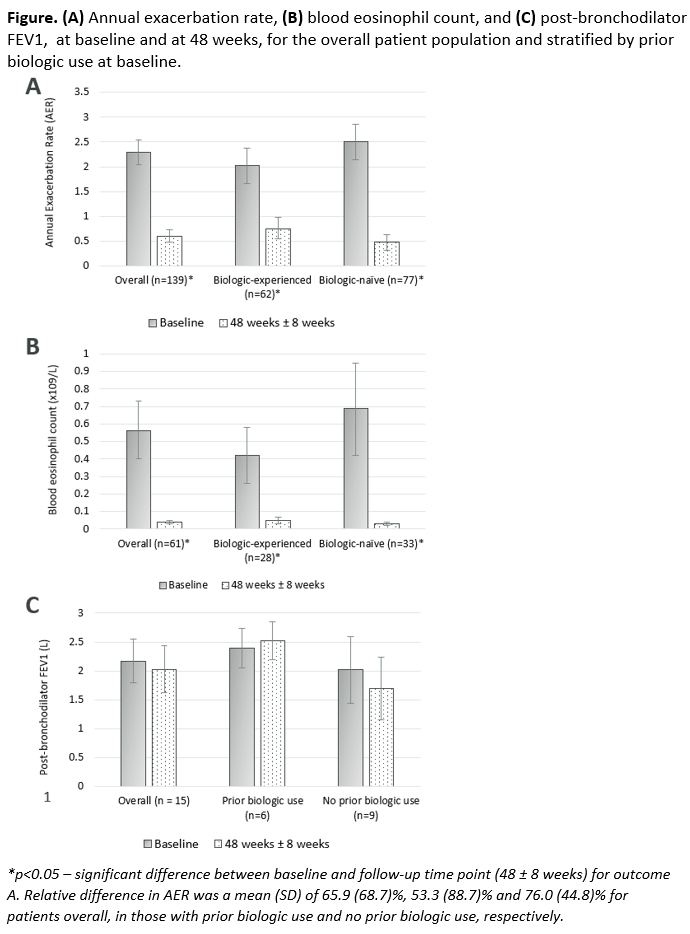Abstract
Background: COPD is associated with significant mortality and high health system costs. Identifying areas with high disease burden is a first step toward targeted interventions to improve care and reduce burden in COPD.
Objective: To investigate regional variations in COPD burden in the province of Alberta (AB), Canada.
Methods: This retrospective observational cohort study analyzed health administrative data. COPD was identified using ICD codes and a validated case definition for population-based data, in those ?35 years old. The initial COPD prevalent population was assessed from 2010-2014. COPD prevalence, incidence, mortality, and healthcare resource use were evaluated regionally for AB?s 64 Health Status Areas (HSAs) from 2015-2019. Age and sex standardized rates for 2019 are described.
Results: From 2015-2019, COPD prevalence increased from 4.1% to 4.4%. In 2019 there were 102,697 prevalent and 10,667 incident cases. Among these, all-cause mortality was 3.6%, but ranged from 2.2% to 7.1% across HSAs. Hospitalization rates (range across HSAs) per 1000 person-years were: all-cause 368.3 (186.5-651.7), COPD-specific 51.2 (20.2-142.9), and cardiovascular (CV)-related 93.5 (39.5-206.2), highlighting large variation across HSAs (Figure 1).
Conclusions: Meaningful regional variations in COPD burden exist in AB, Canada. Next steps include a root cause analysis and recommendations to improve patient outcomes, health equity and health system performance.
